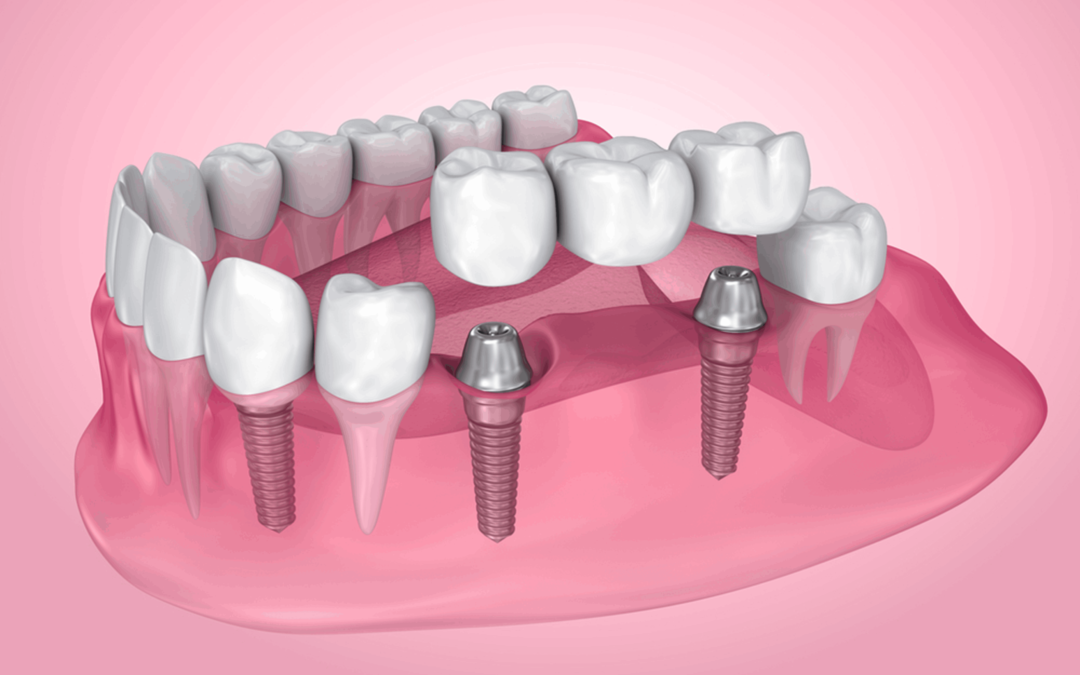In order to restore lost teeth, whether it’s because they have fallen out or had to be pulled due to serious decay or structural damage, dental bridges in North London are a frequently recommended restorative treatment. A dental bridge’s design does exactly what its name implies: it spans the space created by a lost tooth. Once they’re in place, no one will be able to notice that you’ve received care.
Your dentist in North London will examine the area where a bridge may be installed and let you know if this is the best solution for you. They will also evaluate the strength of the anchor teeth because they will need to adequately support the prosthetic. Once this is done, they’ll work with you to identify the type of bridge that is most appropriate for your case.
The different kinds of bridges are as follows:
- Traditional Bridge
The most common bridge provided to patients, traditional bridges work incredibly well, especially if there are strong teeth on either side of the gap. A pontic, or artificial tooth is custom-made and fills in the space. Two dental crowns then serve as the anchors for the pontic, with each one keeping it in its correct position.
- Maryland Bridge
In this case, the pontic is cemented into the empty area between adjacent teeth. Before doing so, dentists attach it to a metal framework. The bridge itself is constructed of porcelain, meaning they will help your smile maintain its natural appearance. The Maryland bridge is the best implant if you require a dental bridge for your front teeth.
- Cantilever Bridge
These bridges are also composed of porcelain and affixed to metal bases. A healthy, natural tooth must support the bridge on at least one side. Dentists attach the pontic to the area where the diseased tooth once stood. The front teeth, or incisors, are the primary use for this implant.
- Implant-Supported Bridge
The implant-supported bridge is not supported by a secondary metal structure at the base like the other bridges are. Instead, a dental implant is used to establish a reliable foundation of support for the prosthetic. For patients who have several missing teeth, this surgery is most effective. They can also support the premolars and molars, the back teeth.
However, in comparison to getting other dental bridges near you, this option requires prolonged treatment. To replace the missing tooth, a dental implant is placed in the socket. Once the has blended in with your jawbone and surrounding gums, the bridge will be installed.
Summing Up
These four varieties of dental bridges give missing tooth sufferers a range of restorative alternatives. Even though each kind of dental bridge has advantages and disadvantages of its own, only a certified dental professional can tell you which kind is best for you.
Contact our team at Wharncliffe Family Dental to learn more about this avenue of care and discover the best type of bridge for your needs. There is no way to overstate the advantages of dental bridges. Visit our dentist near you today for a consultation!
